(CLO) The 13-year civil war in Syria has once again attracted international attention as rebels suddenly attacked the strategic city of Aleppo. This renewed war shows that the situation in the Middle East will become even hotter and more complicated.
The civil war was reactivated after 8 years of "freeze"
On November 29, Syrian opposition factions and the Islamist rebel group Hayat Tahrir al-Sham (HTS) advanced rapidly into districts of Aleppo city in a surprise attack on government forces, forcing them to retreat and lose strategic positions, including much of the M5 highway.
Rebel forces have taken control of large areas in western Aleppo and eastern Idlib. In response, Syrian government and Russian warplanes have targeted Idlib province, with at least 23 airstrikes hitting the provincial capital and several towns in the surrounding countryside on November 29.
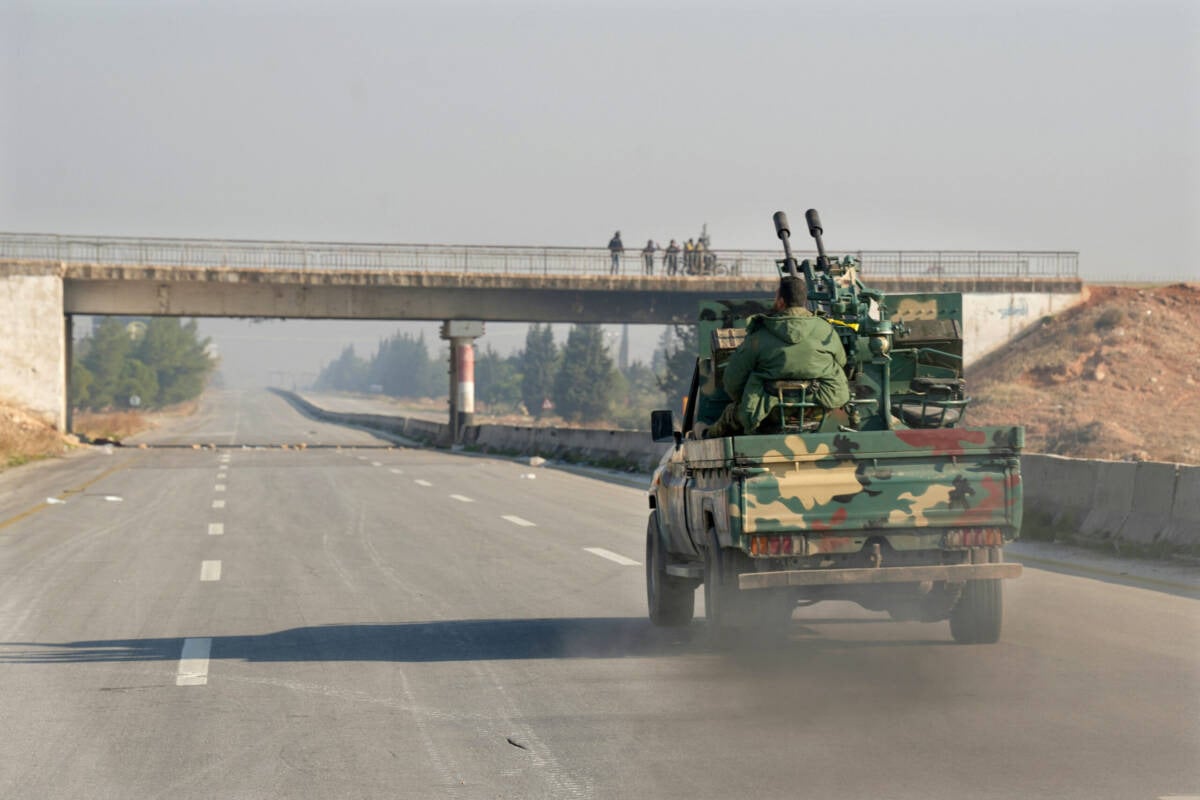
Syrian rebel fighters drive military vehicles on the M5 highway in Aleppo on November 29. Photo: AFP
It was the first opposition attack on Aleppo since 2016, when Russian air strikes helped Syrian President Bashar Assad retake the northwestern city. Support from Russia, Iran and several regional Arab states has helped Mr Assad maintain stability, with about 70% of Syria under his control.
However, this surprise attack shows that this once "frozen" war is being reactivated, raising the prospect of another violent front re-emerging in the Middle East, besides Israel's wars in Gaza and Lebanon, as well as many other hot spots such as the occupied West Bank, Yemen, the Red Sea or Iraq.
Why is Syria engulfed in civil war?
The Syrian civil war began on March 15, 2011, when anti-government protests, as part of the wider “Arab Spring” movement in North Africa and the Middle East, erupted across the country.
The situation then escalated into armed conflict when a rebel force was formed, called the Free Syrian Army with the support of the West and some Arab countries, to fight against the Assad regime.
The civil war has left Syria in a state of severe instability and almost no way out, with the country “split into five or seven parts”. Saudi Arabia, Iran, the United States, Russia and Turkey are all involved in supporting different sides in the war, leading observers to describe it as a “proxy war”. Even the terrorist group IS could gain a foothold in the instability and chaos in this country.
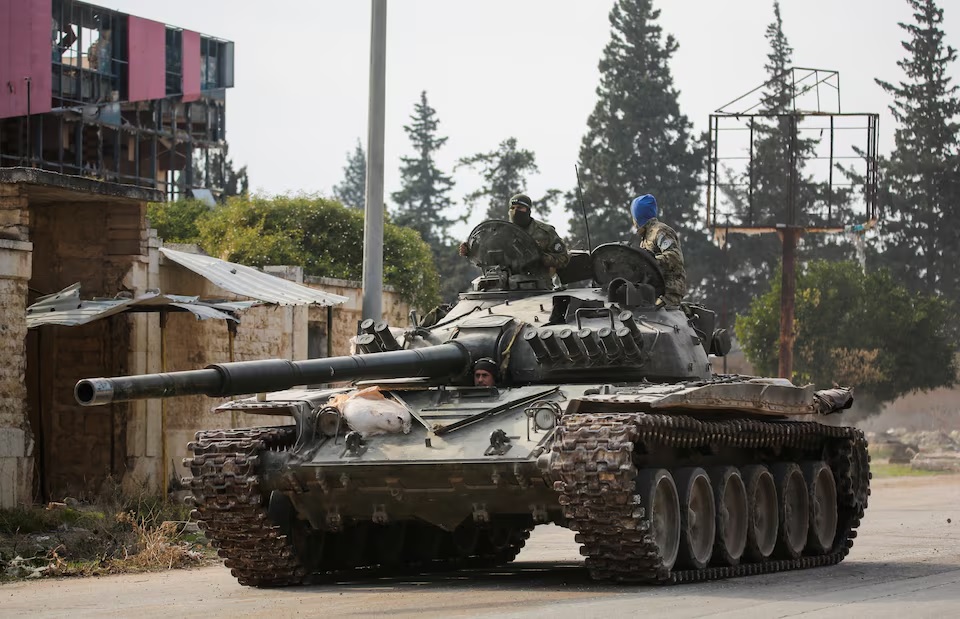
Syrian rebels possess many types of sophisticated weapons such as tanks and machine guns in the latest attack. Photo: Reuters
President Assad has been fighting opposition forces seeking to overthrow him for 13 years, a conflict that has killed an estimated half a million people. Some 6.8 million Syrians have fled the country, creating a refugee influx that has helped reshape the political map in Europe with far-right anti-immigrant movements.
About 30% of the country not under Mr Assad’s control is held by a mix of opposition forces and foreign troops. The US has about 900 troops in northeastern Syria, far from Aleppo, to counter the resurgence of the Islamic State (IS) terrorist group.
Both the US and Israel occasionally carry out airstrikes in Syria against Iranian-allied militias. Türkiye also has forces in Syria and has influence with the broad coalition of opposition forces attacking Aleppo.
After years of little significant territorial change between the warring parties in Syria, this fighting "has the potential to be a game-changer," analysts say.
Which group commanded the attack on Aleppo?
Hayat Tahrir al-Sham (HTS), a group designated as a terrorist organization by the United Nations and several other countries, has been identified as the main opposition force leading the recent surprise attack on Aleppo. The group is believed to be led by its leader Abu Mohammed al-Golani.
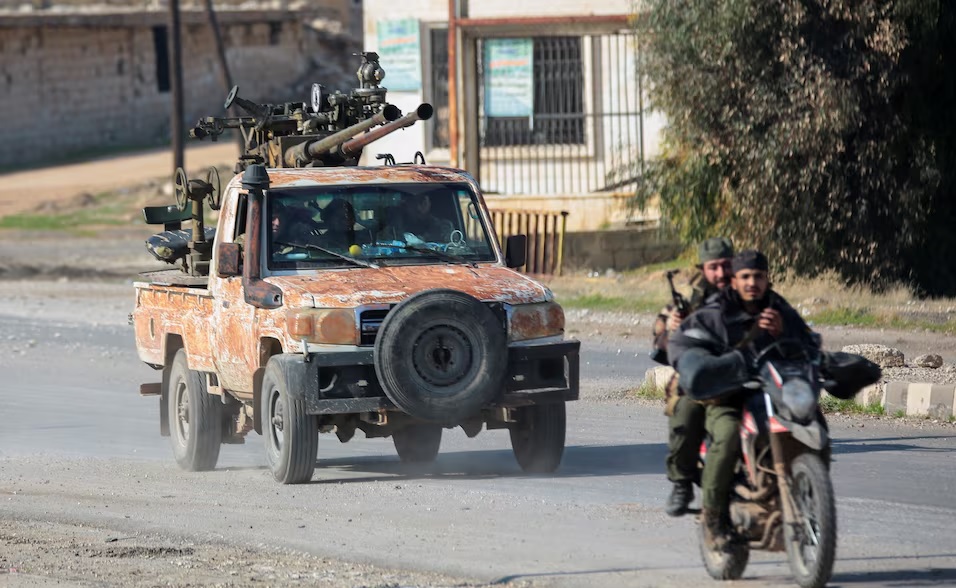
Hayat Tahrir al-Sham Islamist rebels with heavy weapons stormed al-Rashideen, Aleppo province, Syria on November 29, 2024. Photo: Reuters
In the early months of the Syrian war in 2011, Abu Mohammed al-Golani emerged as the leader of al-Qaeda’s Syrian branch. Golani and his group initially claimed responsibility for deadly bombings and waged wars against the United States and the West. However, by 2018, the administration of then-President Donald Trump admitted that the United States was no longer directly targeting Golani.
Lying at the crossroads of trade routes and empires for thousands of years, Aleppo was one of the commercial and cultural centers of the Middle East.
Aleppo was home to 2.3 million people before the war. Rebels seized the east of the city in 2012 and it became the proudest symbol of the advances of the armed opposition.
In 2016, Russian-backed government forces besieged and launched a fierce assault on rebel groups in the city. Starving and besieged, the rebels surrendered in Aleppo that year.
The Russian military's involvement was a turning point in the war, allowing President Assad's government to maintain basic stability in Syria for many years until the rebels suddenly attacked again, causing the war situation in the Middle East to risk spreading and becoming more complicated.
Ngoc Anh (according to TASS, AP, AJ)
Source: https://www.congluan.vn/nhung-dau-hoi-phia-sau-cuoc-noi-chien-keo-dai-13-nam-o-syria-post323612.html




![[Photo] National Assembly Chairman Tran Thanh Man receives Chairman of the House of Representatives of Uzbekistan Nuriddin Ismoilov](https://vphoto.vietnam.vn/thumb/1200x675/vietnam/resource/IMAGE/2025/10/27/1761542647910_bnd-2610-jpg.webp)

![[Photo] The 5th Patriotic Emulation Congress of the Central Inspection Commission](https://vphoto.vietnam.vn/thumb/1200x675/vietnam/resource/IMAGE/2025/10/27/1761566862838_ndo_br_1-1858-jpg.webp)
![[Photo] Party Committees of Central Party agencies summarize the implementation of Resolution No. 18-NQ/TW and the direction of the Party Congress](https://vphoto.vietnam.vn/thumb/1200x675/vietnam/resource/IMAGE/2025/10/27/1761545645968_ndo_br_1-jpg.webp)






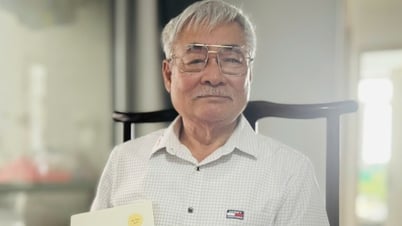






















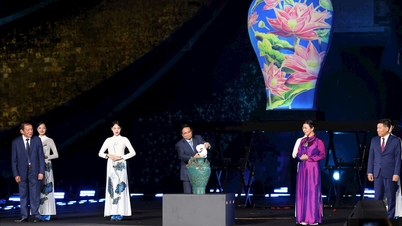











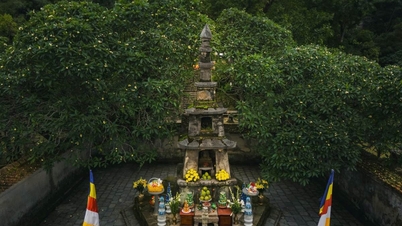

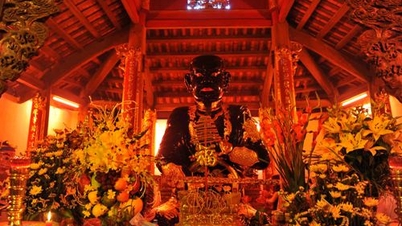






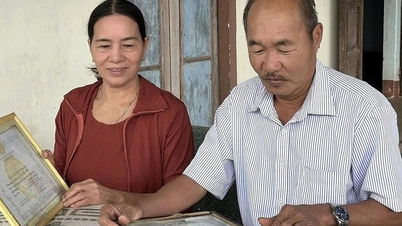



















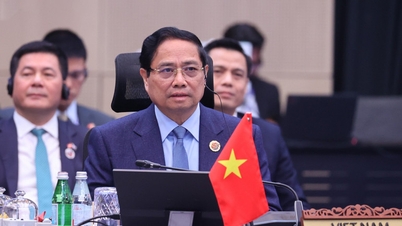
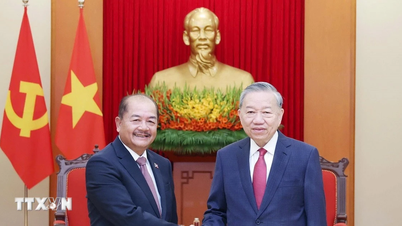



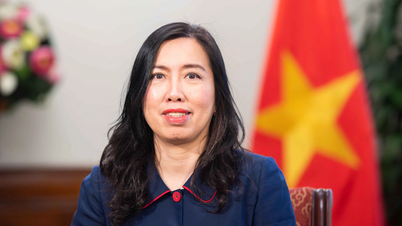
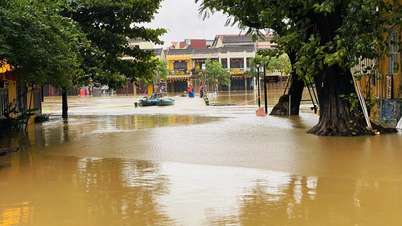
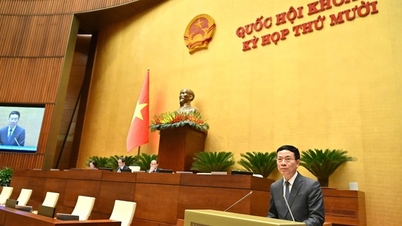
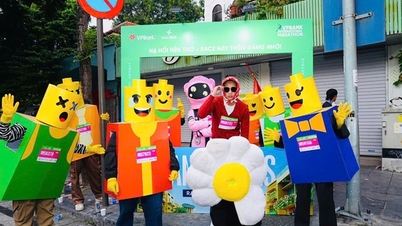


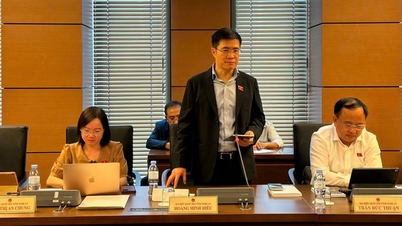
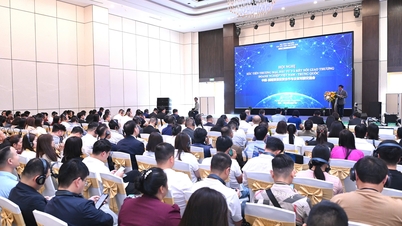

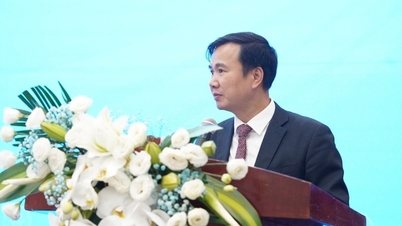




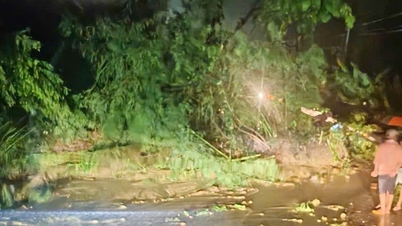

















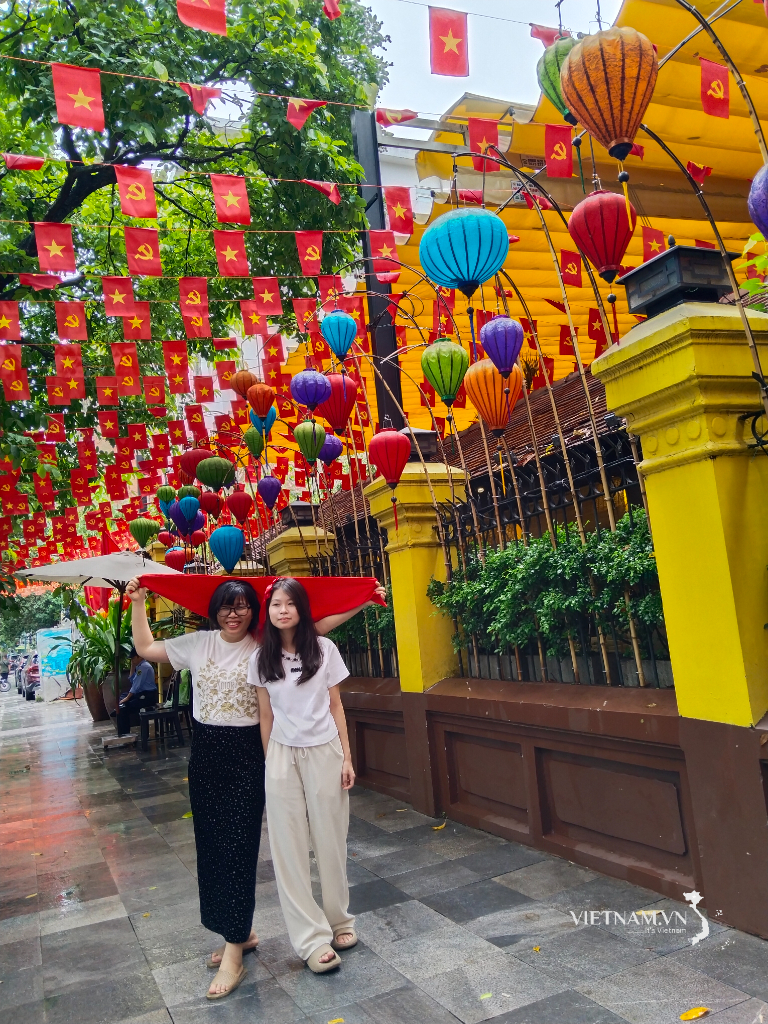
Comment (0)